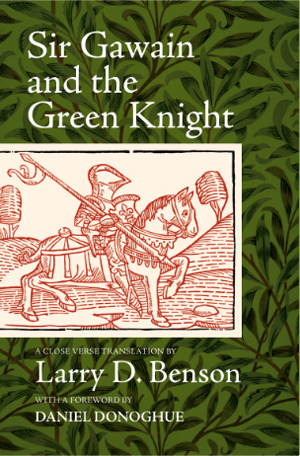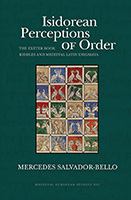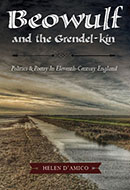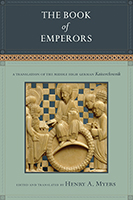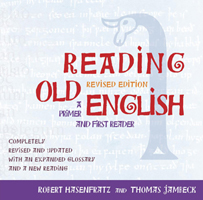Translated by
Larry D. Benson
With the Middle English text edited by and with a foreword by Daniel Donoghue
May 2012
186pp
PB 978-1-933202-89-1
$12.99
ePub 978-1-935978-10-7
$12.99
PDF 978-1-935978-63-3
$12.99
Purchase the Kindle Edition at Amazon







